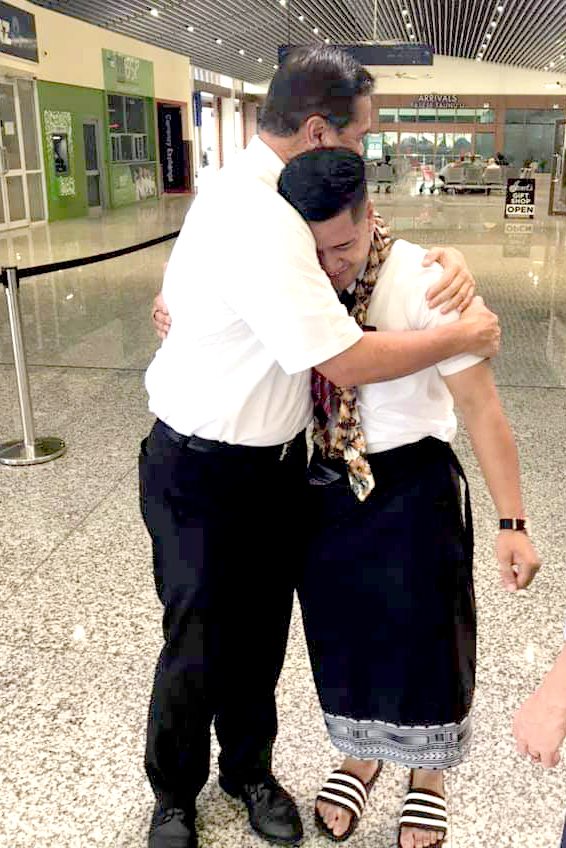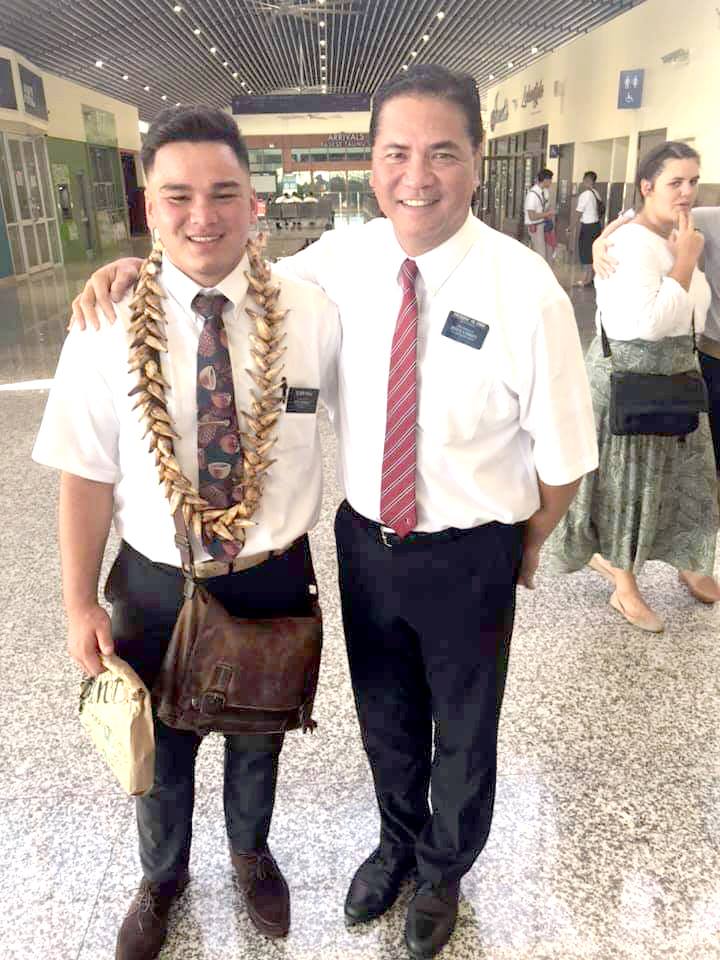

By Martha Taumata Faavae
The Church of Latter Day Saints, LDS, missionary workers in Samoa are down to just over one third of its total work force.
Most of the overseas missionaries serving in Samoa have been forced by the COVID -19 pandemic to return home.
There were 175 missionaries serving in the country including local workers, prior to the virus outbreak, but that total number is now down to 45.
Missionary workers from New Zealand and Australia returned home in the Air NZ special repatriation flights last week.
“I know that parting with them at the airport is always a difficult emotional moment but it is time they return home to their families in these threating times with the pandemic,” LDS church president Francis Ho Ching admitted while seeing off the group who left last week.
The LDS church missionaries serving in Samoa are made up of 70 per cent coming from the United States, 20 per cent from Australia and New Zealand and 10 per cent locally.
The majority of the overseas missionaries were assigned to the rural areas of Upolu and in Savaii but the work has ceased since they left.
“Our overseas missionaries are normally assigned outside Apia into the villages is for them to learn the local culture and also meet with their families,” President Ho Ching explained.
“ Some of our overseas missionaries have families in Samoa and not everyone are members of our Church so this is a good opportunity for them to meet but also to preach the teachings of our faith.
Missionaries from Samoa who are serving overseas are forced to remain where they are assigned for now to wait out the re-opening of border travels before they can return home.
The LDS Church spokesman confirmed 245 Samoan missionaries serving outside the country and they are confirmed to be safe and well so far.
Young men on missionary services for the church are under 2 year assignments with 18 months for the young women missionaries.
Missionaries left to continue with the local work are assigned an area from Satapuala on the west all the way to Luatuanu’u, east of Apia.
